Why Is the EPA So Bad at Estimating Hybrid Fuel Economy?
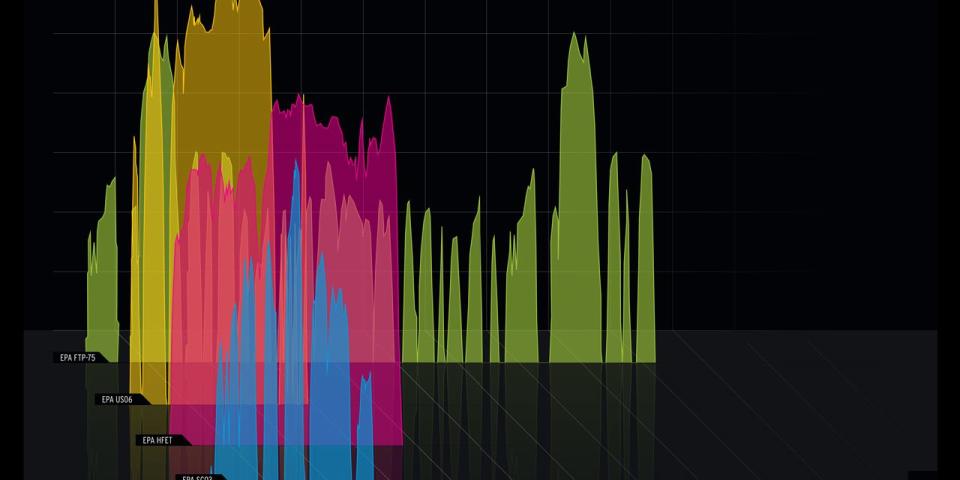
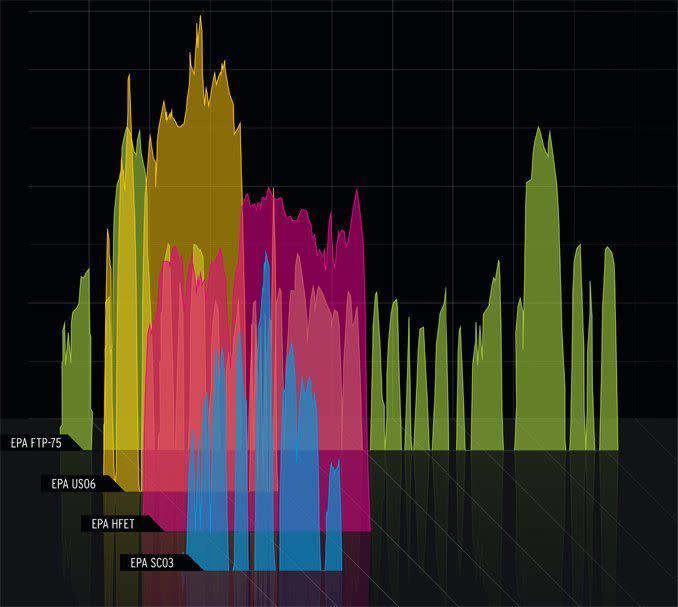
From the April 2013 Issue of Car and Driver
We were impressed when Ford announced that the 2013 Fusion hybrid earned an EPA rating of 47 mpg for both city and highway driving. Here was a generously sized and relatively conventional-looking sedan rivaling the efficiency of the Toyota Prius.
Then we racked up a mere 32 mpg in our road test [December 2012]. That’s par for our foot-down driving style, but even when we drove more sedately, we had difficulty coaxing the Fusion’s trip computer to show any number that started with a 4. It turns out we weren’t alone.
In early December, a California law firm filed a class-action suit against Ford, charging fraud and “widespread misleading and deceptive advertisements” for the fuel economy of the Fusion and C-Max hybrids. The complaint cited Consumer Reports’s fuel-economy testing, in which the Fusion hybrid achieved only 39 mpg, or 17 percent below the 47-mpg rating. The Ford C-Max hybrid fared even worse in the magazine’s testing, 21 percent below its EPA rating. Most other hybrids also failed to match their ratings, but in most cases, the shortfall was in the 5-to-10-percent range.

Since the EPA’s 2008 revision of its methodology for calculating window-label fuel economy, we’ve generally found sticker ratings to be in the ballpark if we drive conservatively. But hybrids routinely fall short. Why? The answer lies in the process by which the EPA derives the current fuel-economy labels.
Some background: Congress passed the Energy Policy and Conservation Act in 1975 as a response to the 1973 Arab oil embargo, which provided the impetus for the Corporate Average Fuel Economy (CAFE) regulation requiring automakers to meet a mandated fleet-fuel-economy average or pay fines. Until 2008, the mpg estimates on the window sticker came from those original city and highway fuel-economy tests used to measure compliance with CAFE. Those tests still use an outdated methodology involving two drive cycles that would seem normal only to your great-grandparents in their ’48 Hudson. One is called the Federal Test Procedure 1975 (FTP-75). It’s a low-speed city cycle conducted at 75 degrees Fahrenheit after the car has been sitting for at least 12 hours, and it runs for 41 minutes including a 10-minute pause. It features only modest accelerations and decelerations, with a maximum speed of 57 mph and an average of 21 mph. The second cycle is called the Highway Fuel Economy Test (HFET), also established in 1975. Unless you live in traffic-besotted L.A., it’s laughably slow by modern standards, with a maximum speed of 60 mph and an average of 48. But, back in the day, Congress had also mandated a 55-mph national limit, and the HFET reflected the intent, if not the reality, of American driving.

Both tests are run in a laboratory on power-absorbing dynamometer rollers set to simulate a vehicle’s weight, tire-rolling resistance, mechanical friction, and aerodynamic drag. While this approach seems artificial, it is controllable and repeatable.
A geometric average of the FTP-75 and HFET results (with city driving weighted at 55 percent and highway driving weighted at 45 percent) produces a vehicle’s CAFE fuel economy, which is then incorporated into a manufacturer’s corporate average. CAFE is measured using these tests to the present day. In fact, this methodology will be 50 years old when it’s used to gauge compliance with the forthcoming 54.5-mpg CAFE requirements in 2025.
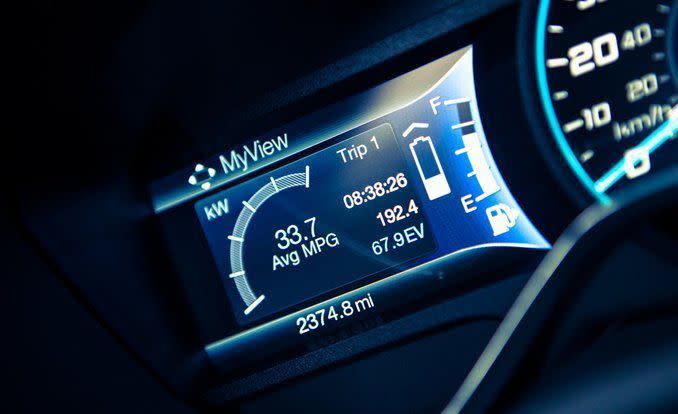
That kind of continuity is admirable in baseball, but not in transportation. These tests are irrelevant to contemporary real-world driving. For example, the maximum acceleration on either test is 3.3 mph per second. At that rate, it takes more than 18 seconds to hit 60 mph. Even in the horsepower-deprived 1970s, most people were driving harder than that. And the 60-mph maximum speed on the highway test does not accord with the 75-mph truth of today’s interstate traffic.
For 1985 models, the EPA adjusted the results from these tests downward to make the label numbers more realistic, but a far more thorough revamp came in 2008 with the addition of three more tests into the calculation. The new tests were developed to make sure cars were meeting emissions during harder accelerations and higher speeds (test “US06”), at an ambient temperature of 95 degrees with the air conditioner running (test “SC03”), and during a 20-degree cold start (or “cold FTP”).
On average, the new system produced an 11-percent cut in city mpg, and a slightly smaller cut in highway numbers. Hybrids, however, took a bigger hit. The Prius, for example, went from 60 city/51 highway mpg in 2007 to 48/45 in 2008—cuts of 20 and 12 percent. The hope was that these new EPA estimates were finally reflecting reality.
So why do today’s hybrid ratings continue to seem inaccurate? After studying the EPA’s procedures and data, and speaking to technical experts at several car companies, including Ford, we have some ideas.
First, the new procedures are now five years old, so carmakers are better at working the system. In other words, they’re engineering their powertrain calibrations to suit the current cycles. For example, the driver presses the accelerator to go faster, but at what point does the automatic transmission downshift? Many new cars are less willing to downshift, because if they can achieve the acceleration required by the test cycle in a higher gear, fuel economy improves. In the real world, however, a driver who feels that the car is insufficiently responsive might depress the accelerator even further to provoke that downshift and end up using more fuel. That’s a simple example, but on a hybrid with its extra electric powertrain, the engineers suddenly have more degrees of freedom in meeting the test cycle’s driving requirements while minimizing fuel consumption. Some of these measures don’t pay off in the real world.
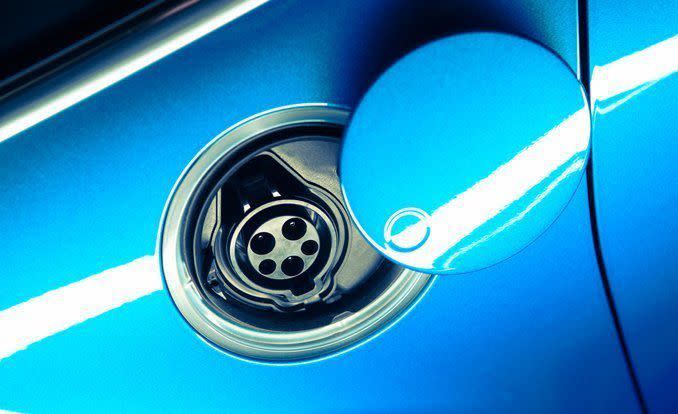
You might wonder why calibrating to the cycle is allowed. Well, it’s hard to police. Moreover, with hybrids, the EPA carefully monitors the battery’s state of charge at the beginning and the end of the tests and requires that there be little net energy change. That’s to prevent a hybrid from starting the cycle with a full battery and finishing with a depleted one, thus benefitting from a useful amount of unaccounted-for energy. This would be unrealistic because in the real world you don’t enjoy the advantage of a fully charged battery for every short trip. Because of this legal requirement, calibrating to the cycle is, to a certain extent, necessary.
Another difference between hybrids and conventional cars is the effect of off-cycle driving. For example, propelling a base Fusion and a hybrid Fusion through the test cycles requires the same amount of energy. But the hybrid gets better fuel efficiency—both in the real world and during EPA testing—because a good chunk of its energy requirement comes from the electric powertrain that receives a significant share of its energy from regenerative braking.
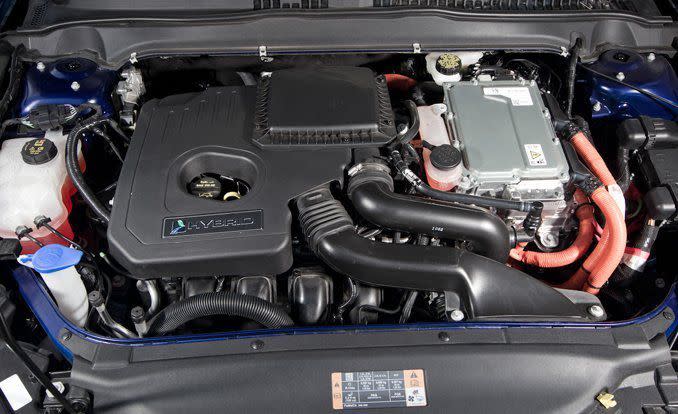
What happens when you start driving faster? Both hybrids and standard cars require about the same amount of additional power to run at higher speeds. But on the hybrid, the extra power can’t be supplied by the electric motor because most hybrid powertrains don’t operate at high speeds, and there is less energy to recover through regenerative braking on the highway. So the hybrid’s extra speed comes primarily from its internal-combustion engine.
In theory, then, if a base Fusion needs 38.5 gallons to drive 1000 miles at test-cycle speeds (1000 miles/26 mpg EPA combined), and a Fusion hybrid needs 21.3 gallons (1000 miles/47 mpg EPA combined), what happens when the speed rises enough to require 20 percent more energy? We can assume that the nonhybrid’s consumption will increase by 20 percent—7.7 gallons—reducing its mileage to 21.6 mpg, a 17-percent drop. The hybrid’s consumption increases by about the same number of gallons, because the hybrid’s electric powertrain largely checks out at higher speeds, resulting in the engine shouldering more of the load. Thus, as a hybrid goes faster, it works its gasoline engine proportionately harder relative to the gas engine in the regular car. In our hypothetical example, the hybrid mileage falls to 34.5 mpg—a much larger, 27-percent reduction. Even if these numbers are rough estimates, you can see how real-world driving can reduce a hybrid’s fuel efficiency by a greater amount.
Drive a hybrid more aggressively in the city and the same thing happens. During harder acceleration, most of the extra power comes from the internal-combustion engine because the boost provided by the electric motor is limited. Furthermore, during hard braking, the hybrid benefits from only so much regeneration energy before its system capability is exceeded.
In cold weather, there are similar effects, compounded by the fact that batteries store less energy when they’re cold. Also, the hybrid system doesn’t shut down the engine as often because its heat is needed to warm the car’s cabin.
Why are these effects not captured by the 2008 EPA procedures incorporating three additional tests specifically designed to include such variables? That’s a good question, and the answer lies in how manufacturers are allowed to use their pocket calculators instead of actually running the three additional test cycles. Two scenarios enable such a certification. One is called the “mpg-based” approach, which, in many circumstances, allows the application of a mathematical fudge factor to those two hoary CAFE tests from the 1970s to adjust their results in a way similar to the three new tests. The mpg-based method looks like you’ve run all five tests, even if you’ve in fact conducted only the two old ones. The other, lesser-used loophole is called ADFE (for “analytically derived fuel economy”). It’s typically applied to high-fuel-economy variations of standard cars and involves no testing at all; instead, a correction factor based on gains attributable to the high-mileage upgrade—such as aerodynamic, weight, and rolling-resistance improvements—is applied to the standard model’s fuel economy.
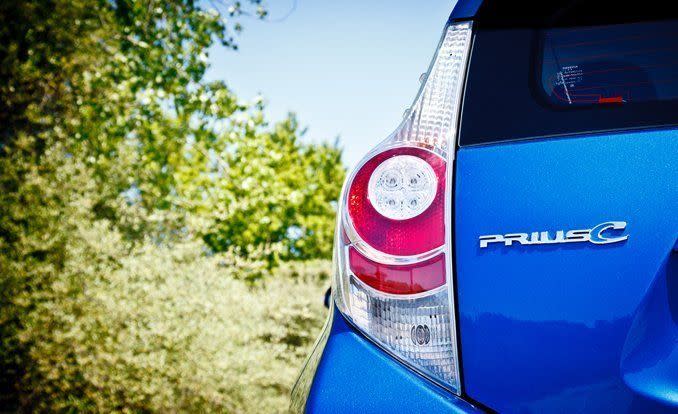
Examining the raw data from the hybrid Fusion’s original FTP and HFET results, it appears that Ford used the “mpg-based” approach to determine its window-sticker numbers, a perfectly legal option. But while the “mpg-based” correction factor might do well projecting a conventional car’s five-cycle fuel-economy results based on the two basic CAFE test cycles, hybrids behave differently, as noted above. We believe that if you take the fudge factor derived from conventionally powered cars and apply it to hybrids, or even small engines with turbos, you will run into trouble, with on-paper results better than what hybrids can actually achieve on real roads with real drivers. That speed limits are going up in places such as Texas, which has a new 85-mph toll road, will only exacerbate this situation.
We hoped to have the EPA confirm our analysis, but two weeks of repeated requests achieved no meeting with anyone from the agency. Turns out it’s easier to schedule an interview with the CEO of GM than it is to get time with an EPA representative.
Describing procedural changes instituted in 2008, the EPA wrote, “In order to minimize the number of additional US06, SC03, and cold FTP tests resulting from the new testing and calculation procedures, we are allowing manufacturers to estimate fuel economy over these three tests for vehicle configurations that are not normally tested for emissions compliance purposes, using the fuel-economy measurements that are normally available . . .” That’s government-speak for “Ladies and gentlemen, start your fudgy calculators!”
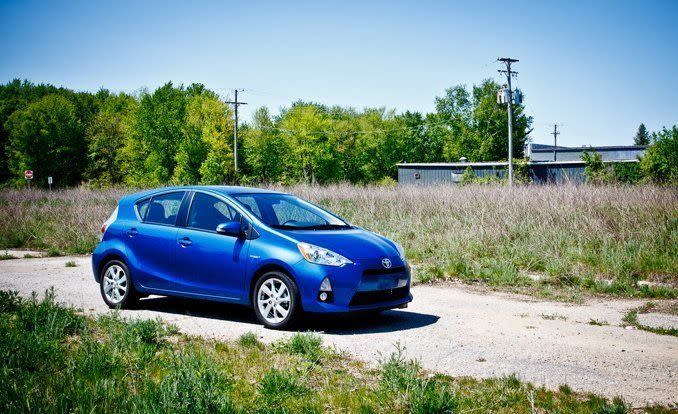
A lot of manufacturers are taking advantage of this strategy. Studying the EPA’s fuel-economy test-data spreadsheet, we found that the five-test procedure was used for a small percentage of the fleet, while the rest used the “mpg-based” formulaic adjustment. That adjustment might be in the ballpark for conventionally powered cars, but we are now seeing that it is off the mark for many hybrids.
It’s time to stop extrapolating 75-mph fuel economy from 50-mph tests. If the EPA wants buyers to have accurate hybrid fuel-economy labels, it needs to either come up with a new adjustment for these electrified powertrains, or mandate the full five-cycle testing for hybrids—and other fuel-sipping powertrains—going forward. And we would humbly suggest that, unlike the last fuel-economy label revision, this one shouldn’t take 23 years to study and implement.
You Might Also Like

 Yahoo Autos
Yahoo Autos 